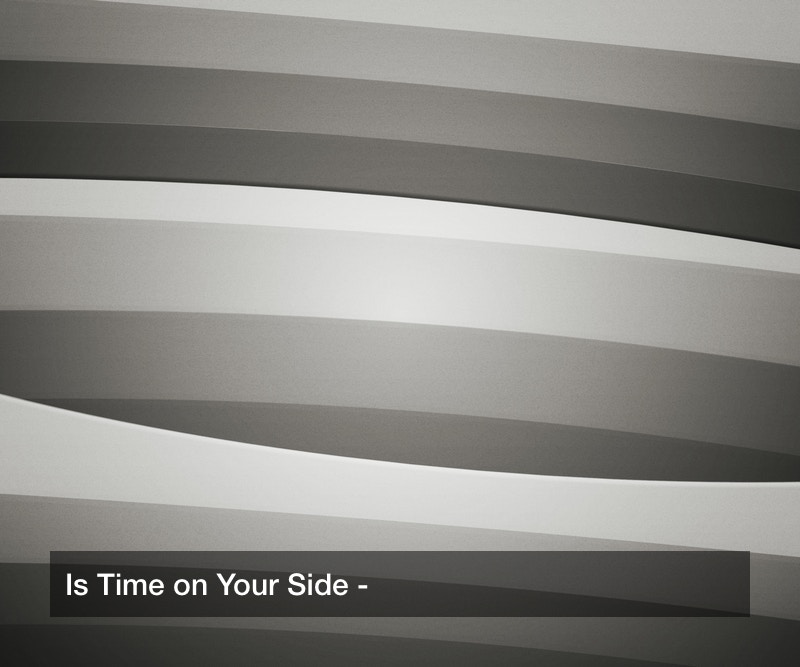
Lately you have been really focused on making the best of each day. In some ways break during the pandemic has been perfect, exactly what you needed.
One day at a time.
Being present.
Focusing on your kids and family.
But you know you work best, feel your best, when you have a goal out in front of you to work toward. You often have to start small because you do not want to lose the family focus, but your daily routine is pretty solid, so you now think you can explore your options of a few different kinds of outlets: an online book club, carefully timed nutrition, building your business, taking some carefully selected online courses for educational endorsements.
After the last few months of working with at home holistic hospice care for your mother, you are slowly looking at ways to get your life back to normal. The nonprofit hospice care that you found helped provide the support that you needed to be able to keep your mother at home. And by strictly self isolating, you, your husband, and your two children were able to visit your mom on a daily basis. When you hear the news about nursing home residents dying alone, you realize how fortunate you are that your mother’s doctors and nurses recommended the local holistic hospice care option.
Finding the Right End of Life Care Can Make Difficult Situations Easier to Manage
These are difficult times in the history of this country and the world. Fearing that you or a loved one will be alone during a medical crisis is frightening. Fortunately, there are some options that are still available for family members who are facing end of life decisions. As difficult as it may be to do, when you put the Covid-19 pandemic aside, there are still families who are dealing with more typical end of life decisions. It is at those times when many families are especially thankful for holistic hospice care options.
Consider some of these facts and figures about the need for holistic hospice care, as well as the history of a health care platform that has provided guidance and assurance to many families for hundreds of years:
- Pre pandemic research indicated that as many as 20% of the U.S. population will be older than 65 by the year 2030.
- Research also indicates that approximately 15% of adults over the age of 60 suffer from mental health disorders.
- As more and more families look for the right kid of end of life care for their loved ones, approximately 1,38 million Medicare beneficiaries were enrolled in hospice for 24 hours or more in the year 2015 alone.
- Although a family who has never used these services before may think that this is anew approach, the fact of the matter is the history of hospice dates back to the 11th century, when a religious order of monk set up hospitals along a pilgrimage road leading to Jerusalem.
- Centuries later, Senators Frank Church and Frank E. Moss introduced the first hospice legislation to provide funding for these kinds of programs in American back in the year 1974.
- Understandably, the most recent data from the National Hospice and Palliative Care Organization (NHPCO) states that only 5.4% of hospice patients in 2015 were under the age of 65.
- In most situations, hospice typically starts after a formal referral has been made. This referral is followed by a hospice representative visiting the patient within 48 hours.
- In their efforts to to support a patient and family members, hospice staff members are on call 24 hours a day and seven days a week.
- As an indication of just how important these services are, the number of hospice patients grew from 513,000 in the year 2000 to nearly 1.4 million by the year 2015.
One day at a time.
Being present.
Focusing on your kids and family.
Whether you are still looking for ways to deal with the threat of the personal health crisis that world is facing or you are in charge of the care of a loved one who is reaching the end of their life, it is important to find a way to take things step by step. Hospice care is the option that many families rely on.
